06-12-Daily AI News Daily
AI Insights Daily 2025/6/12
AI Product and Feature Updates
- Mistral AI just dropped Magistral, their first open-source language model specifically designed for reasoning. This bad boy aims to fix the shortcomings of current large language models, like their depth of domain knowledge, transparency in reasoning, and multilingual capabilities. With its Flash Answers mode, it’s a whopping 10 times faster at reasoning than its competitors and natively supports Chain-of-Thought (CoT), automatically generating easy-to-understand thought processes. You can grab the open-source Magistral Small version or opt for the enterprise-grade Magistral Medium (which is almost as accurate as GPT-4 Turbo). Plus, it supports multilingual reasoning and can be deployed locally. Pretty neat, huh? Link
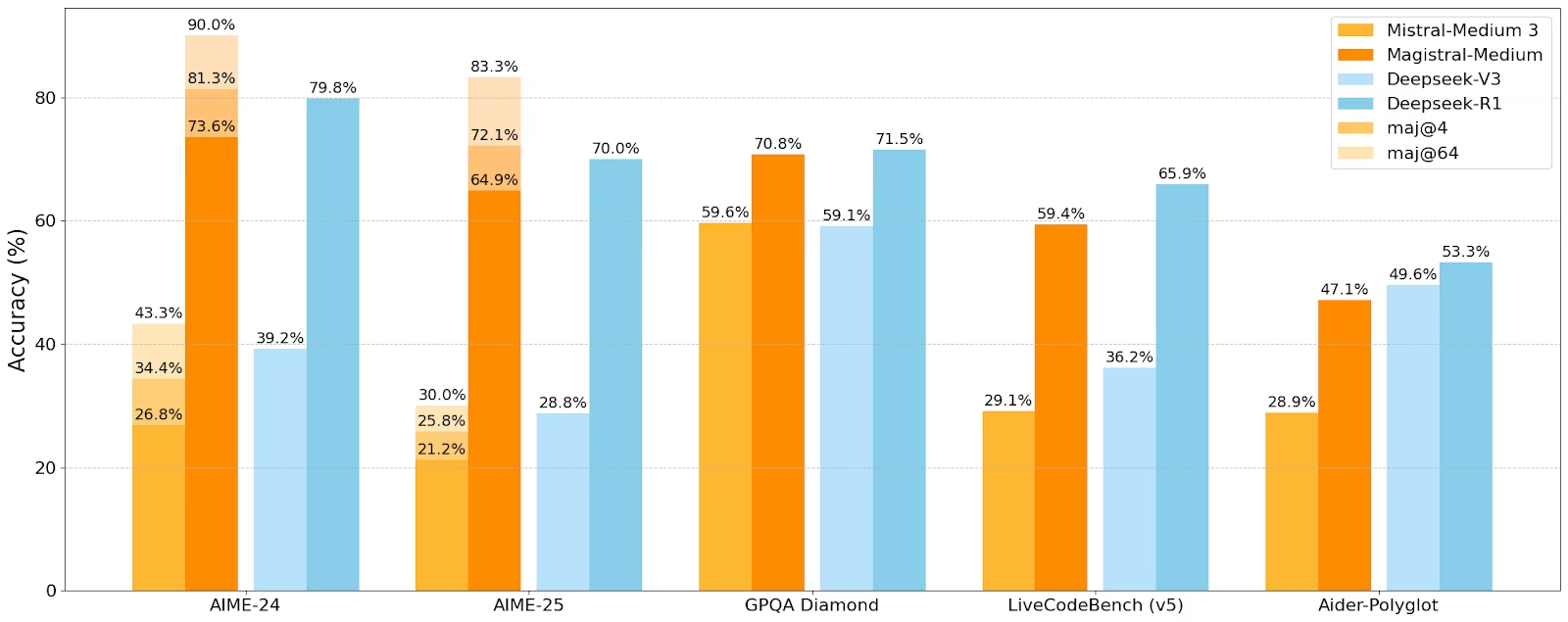
- Figma just officially rolled out its Model Context Protocol (MCP) service, and it’s a game-changer! 🚀 This protocol is all about smarter data transfer, aiming to totally revolutionize the efficiency and accuracy of AI-driven “design-to-code” workflows. This service can pull out super detailed info from design files and seamlessly hooks up with major development tools and AI coding tools, seriously cutting down on friction between design and development.
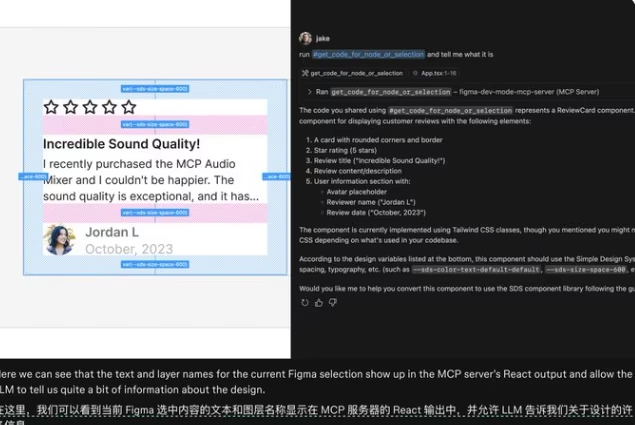
- OpenAI just unleashed ChatGPT’s brand-spanking-new o3-pro model! This upgraded version is way more precise at tackling complex problems, showing a clear edge especially in fields like scientific research, programming, education, and writing. It also packs a full suite of tools, including web search and file analysis. While it might be a tad slower to respond, its price has been slashed by a massive 87% compared to its predecessor, o1-pro. It’s already available for Pro and Team users, signaling that ChatGPT is evolving from just a chatbot into a powerhouse work assistant. Get ready to boost your productivity! 💪
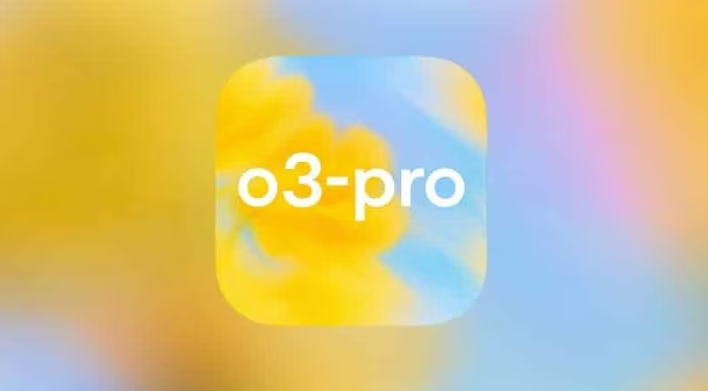
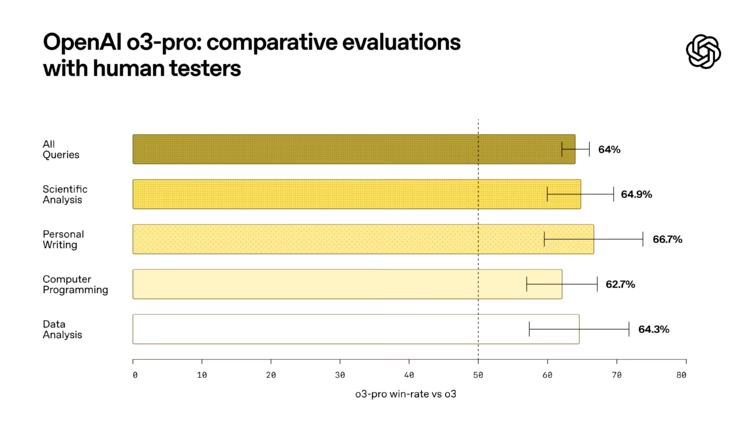
- The world’s first clinical AI radiology system, developed by Northwestern University Feinberg School of Medicine, has officially been rolled out in 12 hospitals. This system is a lifesaver, capable of identifying life-threatening conditions in milliseconds! 😲 It does this by reading full images and generating 95% of reports, which seriously boosts the efficiency of medical image diagnostics. On average, the system has ramped up report generation efficiency by 15.5% (and get this, for CT image analysis, it’s a whopping 80%!). This could seriously help ease the global shortage of radiologists and enable doctors to make faster diagnoses, especially in critical cases.

- Krea AI recently unveiled its first image generation model, Krea1. This model is a total game-changer, tackling the “AI look” problem in traditional AI image generation with its outstanding aesthetic control and image quality. ✨ It even supports style referencing and custom training. Right now, Krea AI has rolled out a free beta version of Krea1, empowering creators to turn their ideas into high-quality visual masterpieces. Plus, it offers up to 4K HD image enhancement capabilities! Talk about a creative boost!
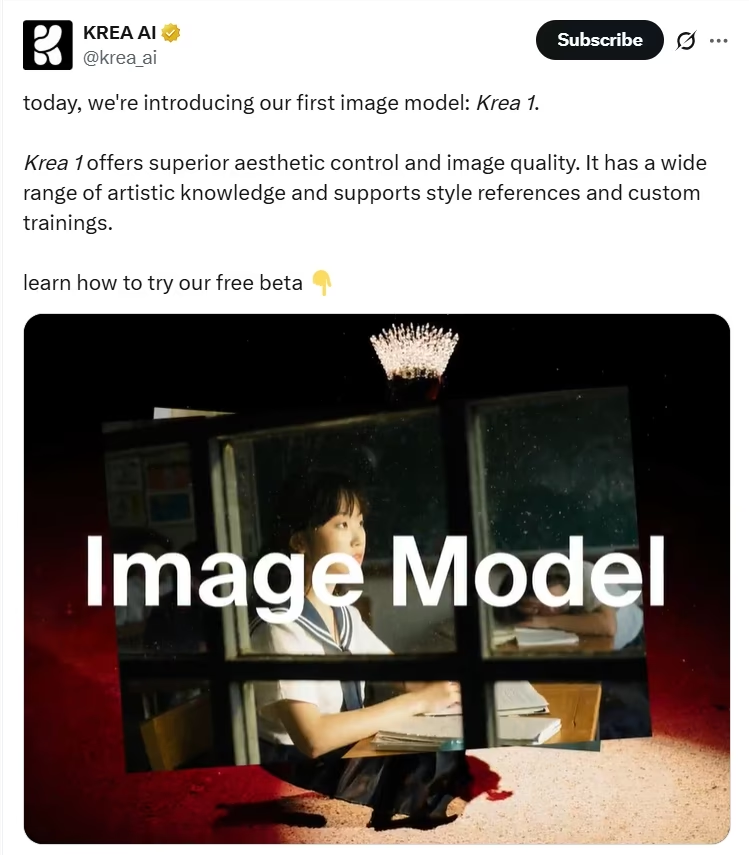
Cutting-Edge AI Research
- PartCrafter, a joint project from Peking University, ByteDance, and Carnegie Mellon University, just dropped a bombshell! 🤯 This tech can directly generate high-precision, structured 3D models from a single RGB image, completely flipping the complex traditional “segment first, then reconstruct” process on its head and slashing generation time to about 40 seconds. What’s super cool about PartCrafter is its “perspective” capability: even if parts of a structure are hidden in the input image, it can infer and generate the complete 3D geometry. This shows off the massive potential of AI in 3D generation, with broad applications in fields like game development, virtual reality, and industrial design.
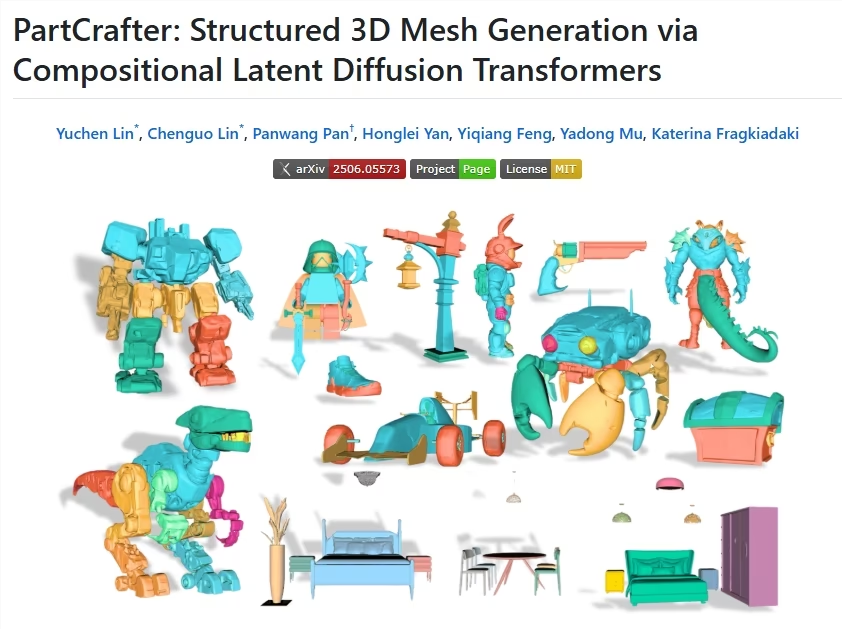
- AlphaOne, a groundbreaking AI framework, has been co-developed by researchers from the University of Illinois Urbana-Champaign and UC Berkeley. This clever framework allows large language models to precisely fine-tune their reasoning process using a “think slow, then think fast” strategy, effectively solving the pain points of “overthinking” and “underthinking” in existing large models. Experiments prove that AlphaOne has boosted accuracy by an average of 6.15% and significantly cut computing costs by about 21%. This means a more efficient and reliable tool for enterprise-level AI applications. Keep an eye out—the code will soon be dropping on GitHub!
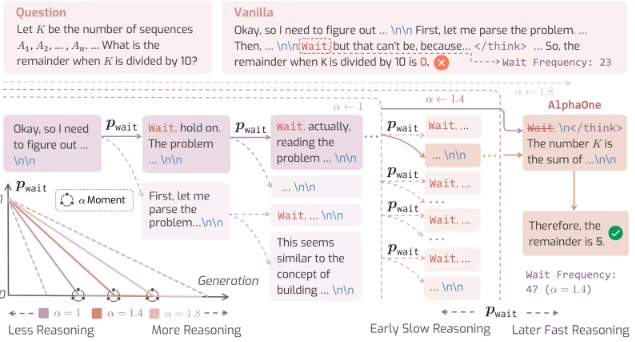
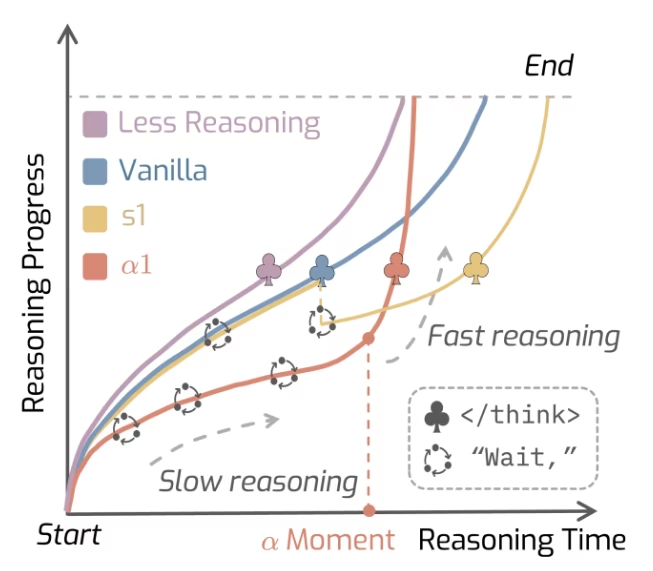
- DiscoVLA, an academic paper that just hit the scene, introduces an innovative method that seriously boosts the efficiency and accuracy of video-text retrieval by simultaneously handling visual, linguistic, and alignment discrepancies. It showed outstanding performance, especially on the MSRVTT dataset, opening up new avenues for parameter-efficient video-text retrieval. Want to dive deeper? Check out the paper link!
AI Industry Outlook and Social Impact
- Sam Altman, OpenAI’s CEO, dropped some bombshell predictions in his latest blog post: AI technology has officially crossed a critical tipping point and we’re heading for a “gentle singularity.” 🤯 He foresees that by 2026, AI systems will be able to autonomously discover novel insights; by 2027, AI-powered robots will be tackling real-world tasks; and by the 2030s, humanity will step into an era of superabundant intelligence and energy, completely reshaping our economy and society. He also stressed the need to pump up investments in AI infrastructure and beef up governance and safety measures. Sounds wild, right?

- Ilya Sutskever, OpenAI’s Chief Scientist, recently gave a talk at his alma mater, the University of Toronto, sharing his deep insights into the growth of Artificial Intelligence (AI). He emphasized how AI is rapidly transforming the way we learn and work. Sutskever predicted that AI could potentially handle all human tasks in the future, but he also highlighted the massive challenges this brings, urging us to really think about how to smartly harness this revolution. Food for thought! 🤔

- The Trump administration’s new plan, “AI.gov,” aiming to push AI tech into federal government use, accidentally leaked on GitHub recently. Oops! 🤫 This plan includes chatbots, all-purpose APIs, and real-time monitoring tools, all designed to automate federal work. However, experts are raising eyebrows, worried about the potential data security risks this could bring.
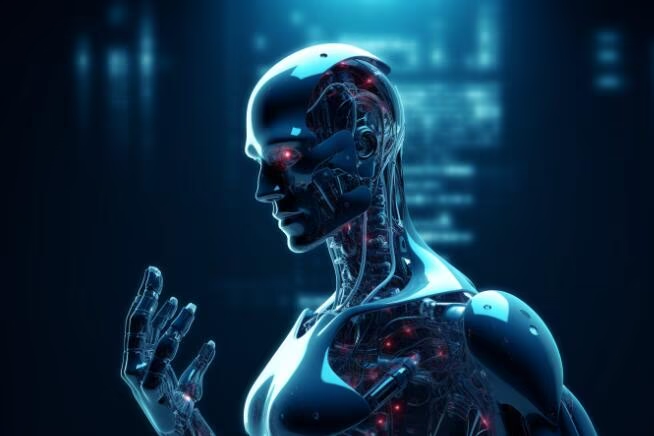
Top Open-Source Projects
- Hyperswitch, an open-source payment exchange system built with Rust, is all about delivering a fast, reliable, and affordable payment experience. It’s already snagged 20,606 stars – pretty impressive! ✨ You can check out all the deets on its GitHub page.
- Meanwhile, keep an eye on two other highly-anticipated open-source projects! First up, the “awesome” project (Link) is rocking a massive 365,526 stars, offering a curated list of all sorts of interesting topics. Then there’s the vosk-api project (Link, with 11,717 stars, which is a powerful offline speech recognition API supporting a ton of platforms like Android, iOS, Raspberry Pi, and servers. So much cool stuff! 😎
Social Media Buzz
- Huang Yun (黄赟) is absolutely hyped about Apple’s “Liquid Glass” technology, and he’s not just talking about visual flair! In his tweet, he argues that this tech is a fundamental shift for GUI software, a necessary evolution from screens towards spatial computing to support multimodal AI and AR/MR. Huang speculates that Apple isn’t rushing to launch its Apple Intelligence Model because it’s probably prepping to inject AI on a much larger scale into 3D space. This could mean Apple stock is about to soar again! 🚀 Want to know more? Check out the original tweet.
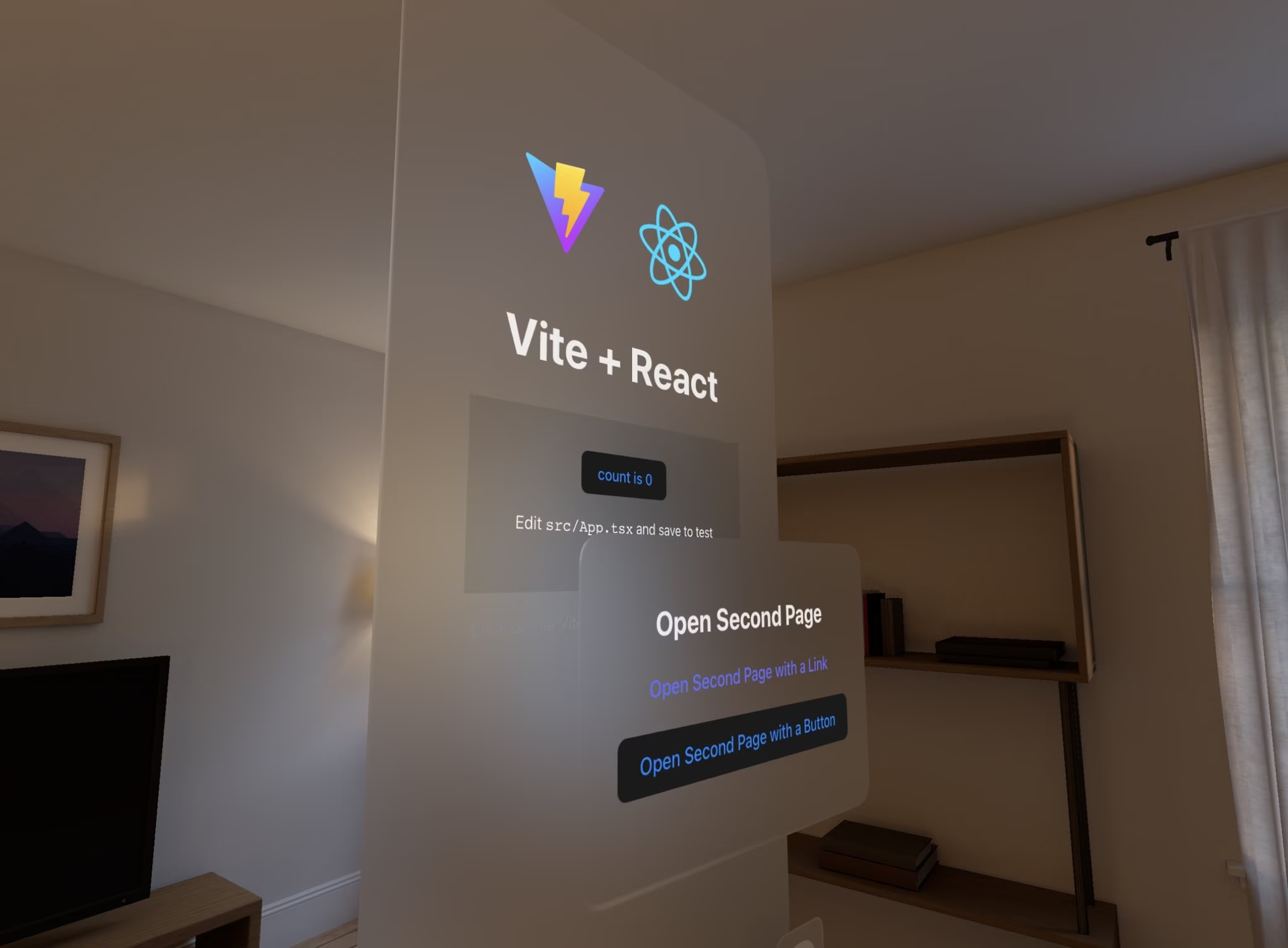
- Yang Yi (杨毅) spilled the beans in a tweet about why he’s totally crushing on AI Agents. He reckons they’re super direct and efficient at problem-solving, which is a sharp contrast to the inefficiencies and “showboating” often caused by “human niceties” in many workplaces. He stressed that AI Agents only care about results and efficiency – they pay for outcomes, plain and simple. Get the full scoop on this tweet.
- Meng Shao shared some golden nuggets: 12 often-underestimated yet highly rewarding key skills for AI engineers. These include practical abilities like writing high-quality prompts, building and debugging data pipelines, and understanding latency and performance trade-offs. Serious food for thought for aspiring AI pros! 🤔
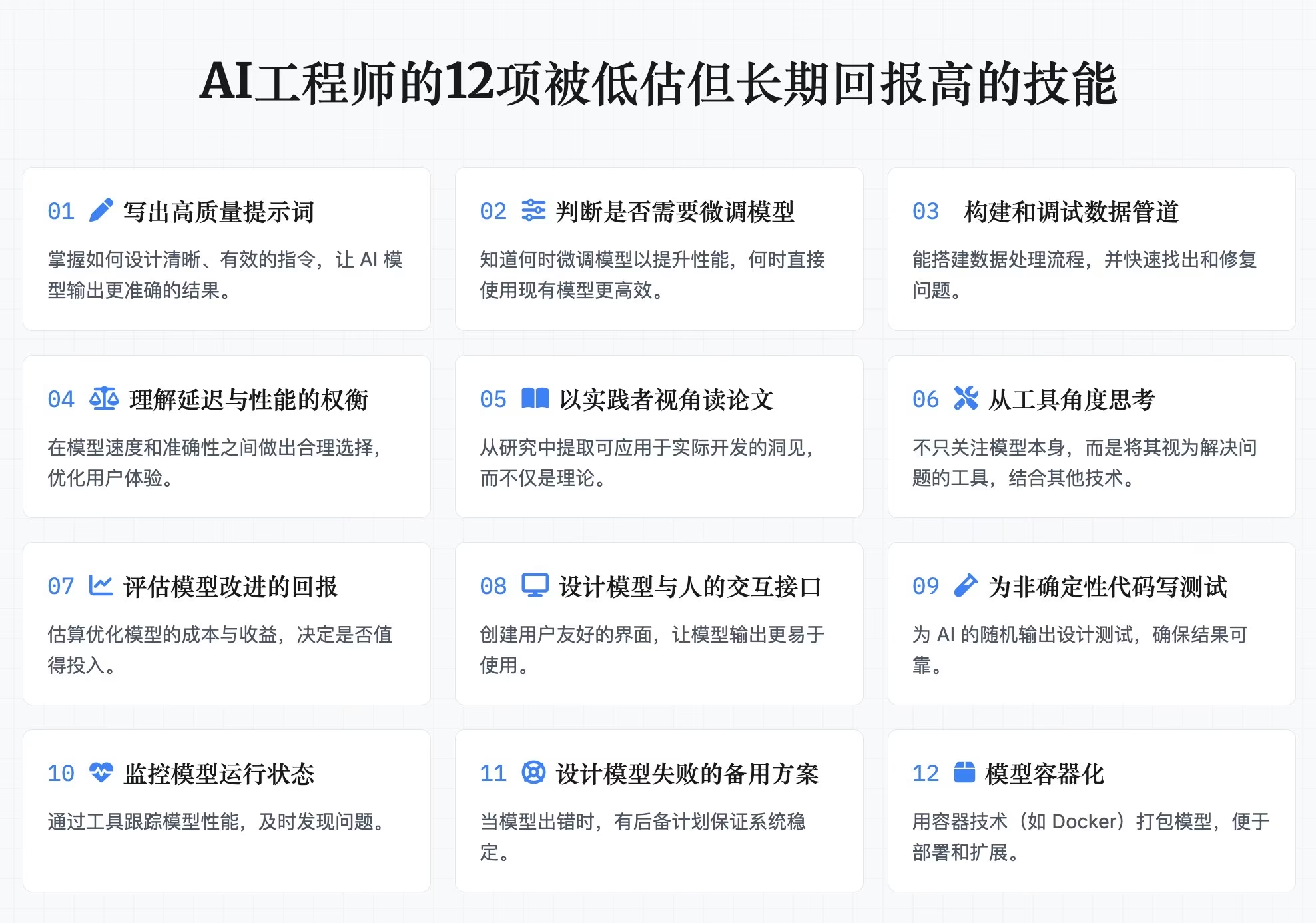
- Shing just dropped an exciting announcement! Arc browser’s new product, Dia, is set to offer an early bird experience for Arc members on June 11, 2025. Curious users are invited to get a first taste – hit up this link for more deets! 🤩
- Sam Altman just announced on social media that his team’s release of the open-source weight model is getting pushed back until late summer, not June. Why the delay? Turns out, the research squad hit an “unexpected breakthrough,” and he’s convinced this new achievement is totally worth the wait. This little delay is all about perfecting this extraordinary new development. Patience, folks! 🙏 Link
Last updated on